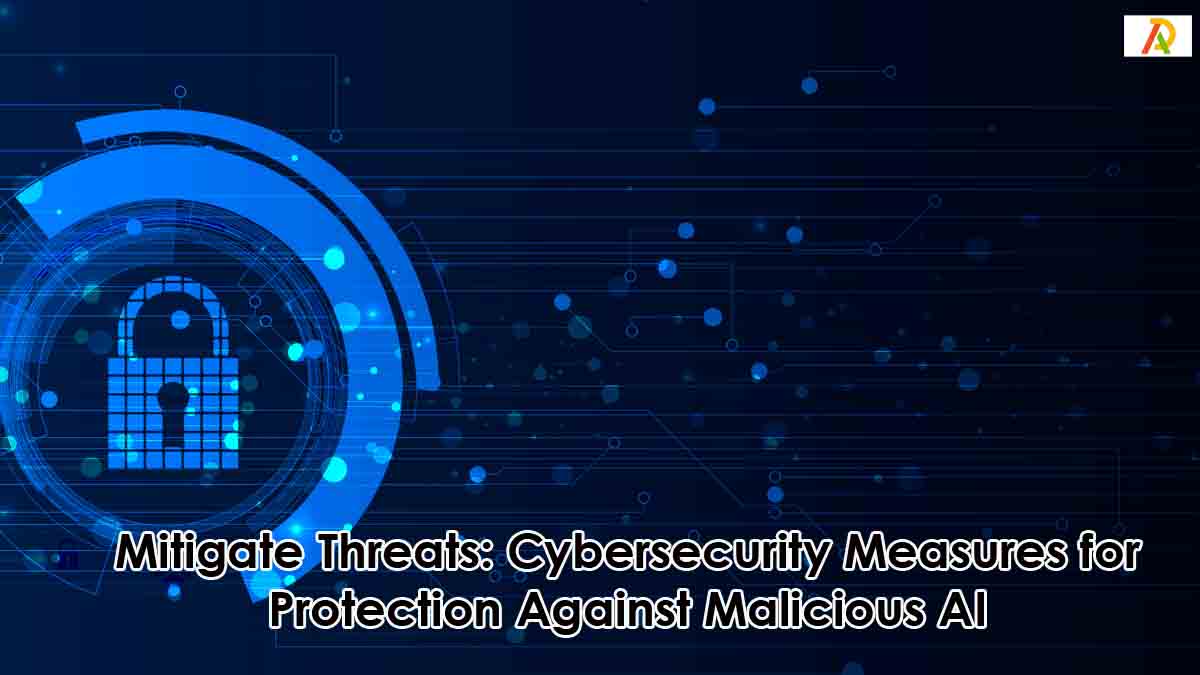Mitigate Threats: Cybersecurity Measures for Protection Against Malicious AI

Artificial Intelligence (AI) has revolutionised the technology landscape, bringing unprecedented efficiencies and capabilities. However, with its proliferation, AI has also become a tool in the arsenal of cybercriminals, intensifying the need for robust cybersecurity. Chief Privacy Security Officers (CPSOs) face the daunting task of implementing strategies to safeguard their organisations from the potential threats of malicious AI.
##Understanding the Threat Landscape: Malicious AI The use of AI by cybercriminals has dramatically escalated the complexity of cyber threats. Malicious AI can automate cyberattacks, enabling them to occur at unparalleled scales and speeds. It can also use machine learning to adapt to security measures, making it increasingly difficult for organisations to defend against attacks.
##Proactive Measures: Cybersecurity Strategies against Malicious AI CPSOs must adopt proactive measures to combat the evolving threats posed by malicious AI. This includes maintaining up-to-date knowledge of emerging AI technologies and corresponding threats, as well as creating and implementing security protocols accordingly.
##Leveraging AI in Cybersecurity: Fighting Fire with Fire One of the primary strategies for CPSOs is to use AI against these threats. AI-powered cybersecurity tools can predict and identify threats in real-time, providing an essential line of defence. They can also learn from each attempted breach, continually updating their methods for detecting and mitigating attacks.
##Investing in Cybersecurity Infrastructure Investment in state-of-the-art cybersecurity infrastructure is a crucial aspect of an organisation’s defence strategy against malicious AI. This includes not only advanced software but also hardware that supports high-level encryption and secure data storage. CPSOs should prioritize building a robust cybersecurity infrastructure that can withstand the sophistication of AI-powered attacks.
##Training and Awareness: The Human Element in Cybersecurity While technology plays a crucial role in cybersecurity, the human element cannot be overlooked. CPSOs should ensure employees are trained and aware of potential cyber threats. This includes understanding the risks of malicious AI, as well as the steps they can take to avoid inadvertently compromising the organisation’s security.
##Collaboration and Information Sharing: A Collective Defence CPSOs should promote collaboration and information sharing with other organisations and cybersecurity experts. This collective approach helps keep abreast of the latest threats and the most effective defence strategies. Building alliances and pooling resources can be a powerful way to protect against the scale and sophistication of malicious AI attacks.
##Conclusion: Cybersecurity in the Age of Malicious AI As malicious AI continues to pose significant security threats, CPSOs must rise to the challenge. By understanding the threat landscape, leveraging AI in cybersecurity, investing in robust infrastructure, promoting training and awareness, and fostering collaboration, CPSOs can build a formidable defence against malicious AI.
The task may be daunting, but with proactive measures and strategic investments, organisations can minimise their vulnerability and safeguard their crucial data. In an age where AI continues to evolve, so too must our cybersecurity strategies, ensuring we stay one step ahead of the threats that malicious AI presents.


